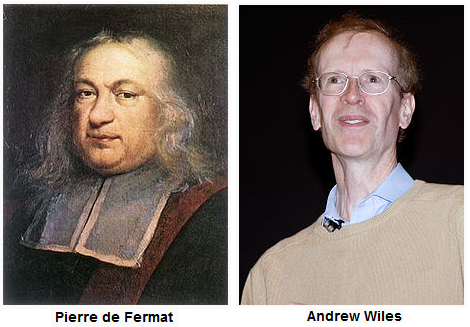Understanding the Fermat’s Last Theorem
The Fermat’s Last Theorem is one of the hardest problems in the history of mathematics. The problem was written by Pierre de Fermat in 1637, and it was only solved more than 300 years later — in 1995 by Professor Andrew Wiles.
But what is exactly the Fermat’s Last Theorem?
The Fermat’s Last Theorem is an extension of the Pythagorean Theorem. Recall that the Pythagorean Theorem states that given a right triangle whose side lengths are and hypotenuse
,
is satisfied. For example, a right triangle with side lengths
, and
has hypotenuse
.

There are some interesting things that we can see if we examine the side lengths of right triangles. For instance, if we let the triples be the side lengths of a right triangle, where
is the hypotenuse, we can find triples such that all lengths are integers. The triples
,
,
are integer triples, and they satisfy the Pythagorean Theorem. These triples are called Pythagorean Triples. It is not also difficult to see that there are infinitely many Pythagorean Triples (Can you see why?). » Read more

